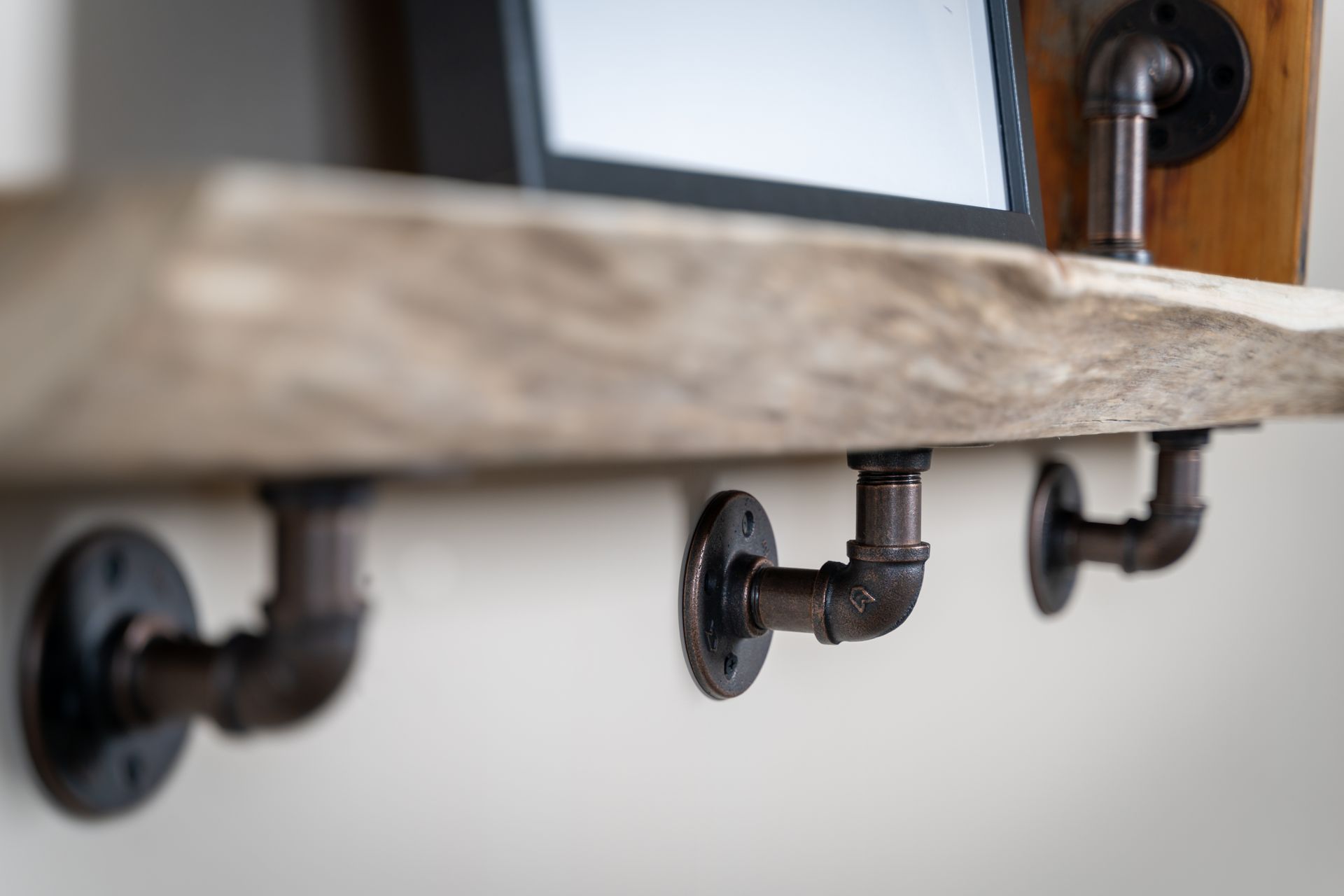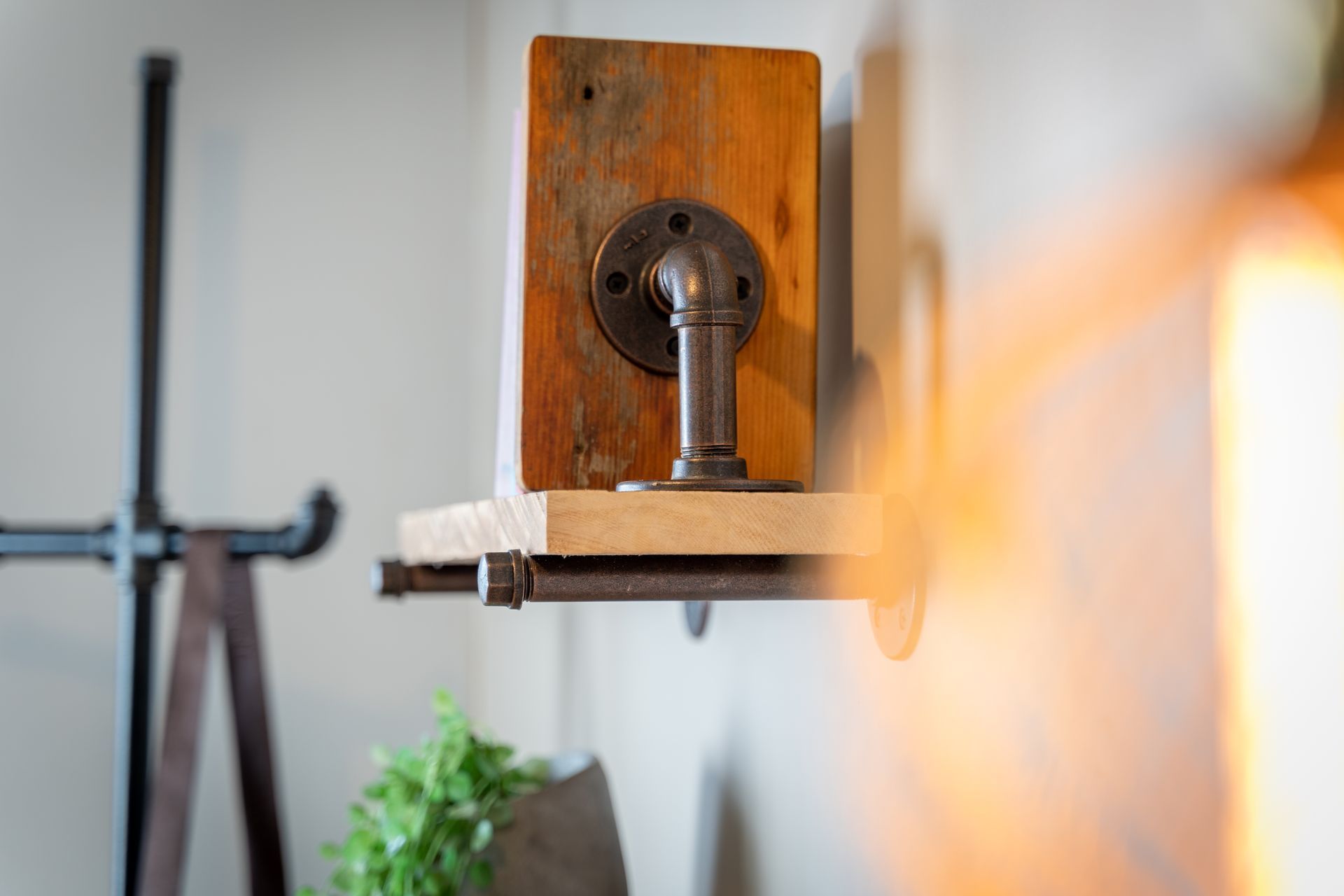The Future of New Zealand Furniture


Understanding the new era of furniture
Furniture tastes shift in response to generational ideals and current affairs. According to generational experts Neil Howe and William Strauss, as the Millennial generation accumulates more spending power their ideals are shaping societies future. How does this shift the future of furniture?
McKinsey & Company report Millennials are generally environmentally conscious, ethically sensitive and pro-sustainability. Images of smokestack factories are etched in minds as repulsive capitalist sins from a past era, resulting in material tastes shifting as cellophane and plastics are tinted as old technology. In a generational push back shopping bags are now paper and milk cartons may return to glass bottles before long.
The furniture industry is feeling the change too. Ethical practices are scrutinized in the manufacturing process and lately even China has come to the party. It’s getting harder to dump toxic chemicals used in glues, resins and paints. As such mainstay products are being substituted for eco alternatives. Glues are natural and chemicals are becoming plant based. Even painters turpentine has an eco option.
The knock-on effect for construction materials, such as chipboard, is that they are under scrutiny as Millennials and GenZ balk at the disposable nature of toxic products. Where price point used to win the battle between ethics and consumer need, the writing is on the wall for a new era.
Reshaping Consumer Culture?
Millennials see consumerism as a negative trait having suffered from its financial treadmill. A one off purchase is a purple cow in today’s world. Online software is subscription based, coffee pod machines are brand dependent, phones need upgraded, vacuums need annual battery replacements.
In the furniture industry subscriptions may be irrelevant, however the mentality is carried over. Typically product lifespan is short due to cheaper materials and construction. The chipboard veneer bookcase is an icon and perfect example of yesterday’s furniture era, built lightweight, cheap with toxic unnatural products.
Despite being aware disposable furniture leaves a gross pollution in its wake, we readily accept that if it were built better we’d change it out in a few years regardless. Staying up to date with trends is never going out, however instead of dumping chemically constructed furniture in the ocean the thought of upcycling or buying biodegradable is attractive. So attractive that buying habits are changing.
Raw Materials Trend Furniture Norms
Raw materials scratch the environmental itch that consumers have been trying to resolve for years. The more natural the more sustainable. We want it to look and feel natural too. The move toward natural products has been growing since the rise of recycled pallet furniture. Pallets were soon tossed into the tip while reclaimed furniture oozed more character. Now we’re seeing a further evolution of sustainability in the furniture industry as experts predict natural materials to take center stage. Trending finishes include raw wood, stone, concrete, marble, cast iron, terracotta and it wouldn’t be surprising if wool, hemp and jute resurface as mainstays in the textile industry.
Neutral vs Natural
The move to natural is also reflected in colour pallets as experts see an end to neutral colours in exchange for natural colours; Earthy tones set against textures and patterns.
An aversion from fake veneers is not only to do with sustainability among the generations, so too is current events. A worldwide pandemic is also impacting furniture trends.

Craving Nature
The pandemic has instigated seismic shifts in society and geopolitics, but also on the work front. Working from home and schooling from home (not quite homeschooling) spiked globally as lockdowns have forced habit changes. Indoors has become too familiar during long lockdowns across New Zealand, Auckland bearing the brunt.
Soothing textures of stone and timber remind us of the great wild. We're craving the raw elements in our living space. While we’re lucky to live in New Zealand, still the yearning for outdoors is finding its way through our front door as we exchange grey carpets for wooden floors or Formica bench tops for bamboo or concrete.
Household plants have overtaken some homes and Iron Moa has benefited as customers buy hangars and shelves to home the outdoors inside. While this may not last longer than a few watering cycles for some, the low maintainace of a native timber coffee table achieves a similar need: it's authentically natural and native.
As a designer it is refreshing to see a return to material-driven applications—and it doesn't seem to be cooling off. We see a desire for rich marbles, soft and organic materials, warmer tones and griege vs white on walls, earthy elements like wood, stone, and clay—this is all so classic and refreshing as it brings life to a space. -Erick Garcia
What Furniture is Available in New Zealand
The greatest current affair influencing design trends is availability. Broken supply chains across New Zealand are rocking our economy and it's unlikely to settle anytime soon. Customer loyalty is switching faster than national lockdown rules come out from Wellington's Beehive. We want to spend money now and a 9 month waitlist isn’t going to cut it no matter how devoted we are to our big furniture store.
Big furniture businesses are not the only victims, overseas Trademe sellers that once undercut local prices are losing sales due to unreasonable wait times and customs charges due to government rule changes. A vase from the UK may take several months before it hits New Zealand customs, and another week as unexpected charges delay the process.
The number one question we get at Iron Moa is, “do you have stock available”. I am imagine a decade ago after the GFC the questions would have been geared toward price point. As such New Zealanders are celebrating what’s available and has always been under our nose: We’re crocheting kids clothes, building vege patches and building tiny homes. Furniture uses native timber and is sourced locally. We’re tuning to local businesses to provide our needs because they’re convenient and can deliver our needs.

The New Era
It cannot be assumed things will return to normal. It's been over two years since the pandemic surfaced and 10 to 15 years since Millennials entered the workforce. The world is changing and ramifications ripple through society, especially in New Zealand. As eco-friendly and sustainable rise, small businesses compete against large corporates who are unable to source pollutant furniture.
Metal, wood, stone are in and Formica, chipboard and plastics are increasingly shunned. Price point is no longer as relevant as stock levels. The greatest shift in two decades, since the internet, is in motion and furniture is resettling to find a more sustainable future globally, as well as in New Zealand. I'm sure the planet will be better for it.
Written by Matthew Guddat, Iron Moa
